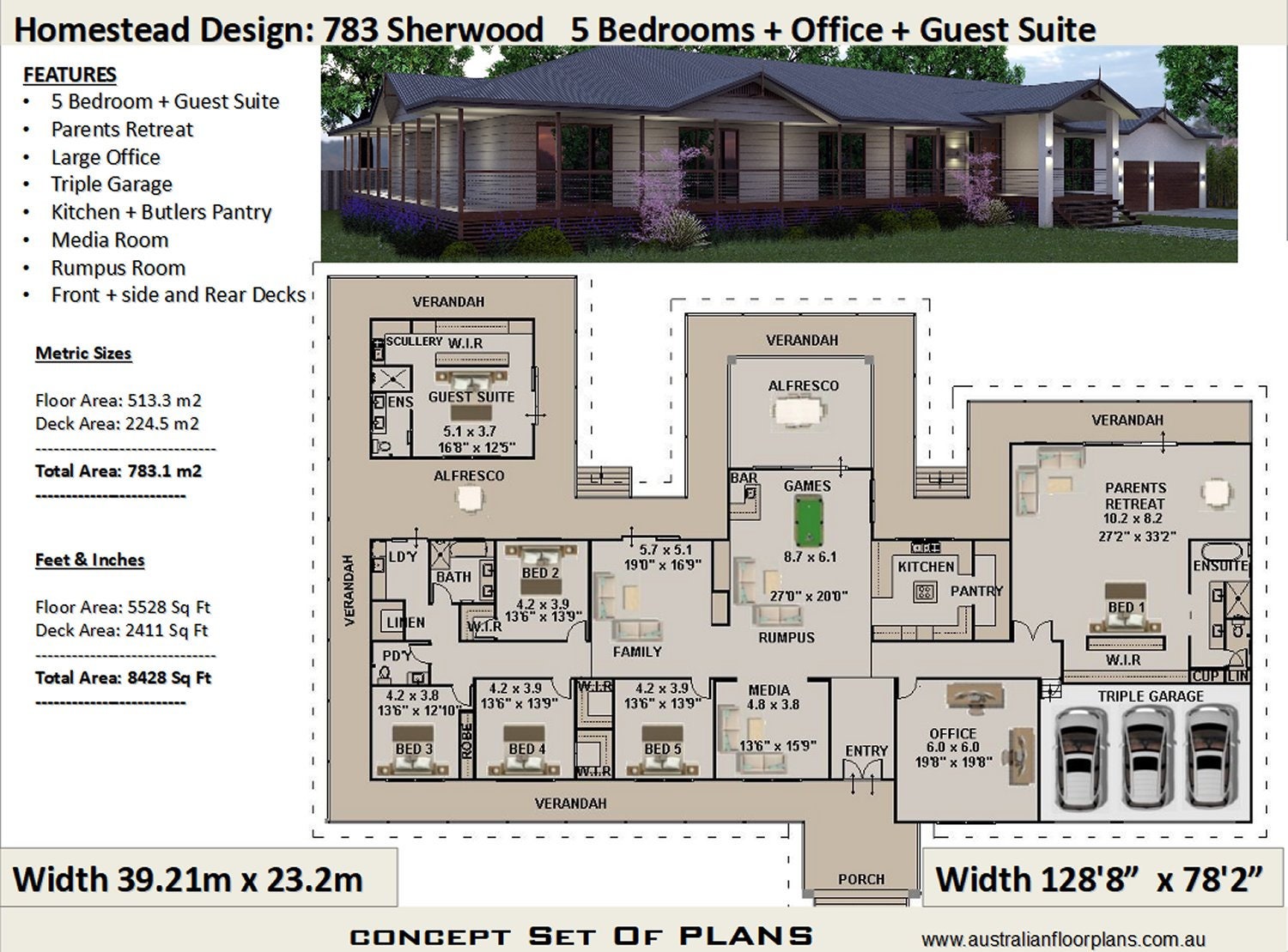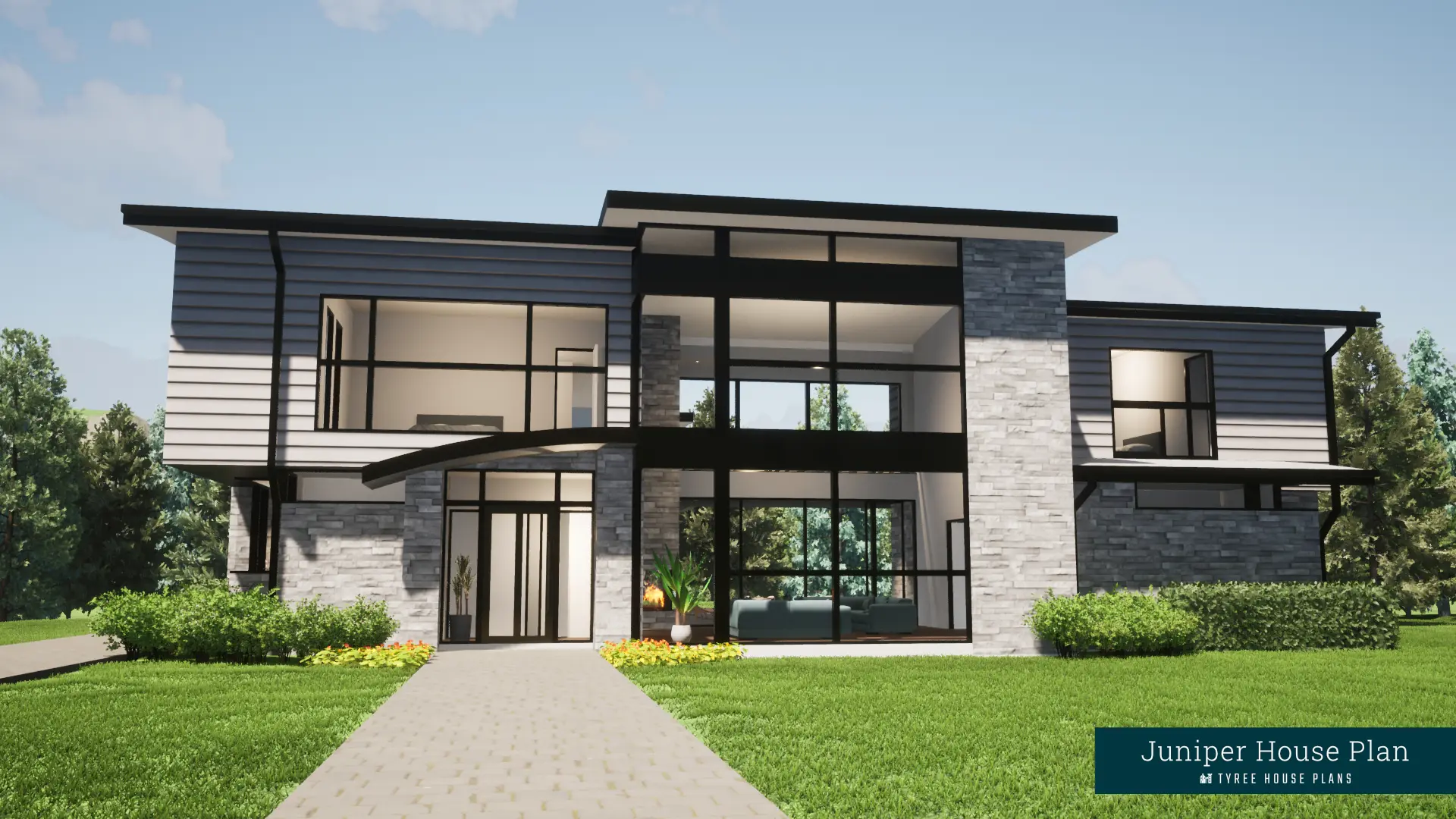The Appeal of Single-Story Living: 6 Bedroom Single Story House

The allure of single-story homes lies in their simplicity and accessibility. These homes offer a streamlined lifestyle, eliminating the need for stairs and making them ideal for families with young children, seniors, or anyone seeking a more manageable living space.
Advantages of Single-Story Homes
The advantages of single-story homes are numerous and cater to a wide range of lifestyles. These homes are known for their accessibility, ease of maintenance, and family-friendliness.
- Accessibility: Single-story homes eliminate the need for stairs, making them ideal for individuals with mobility limitations, young children, and seniors. This feature promotes independence and reduces the risk of falls, enhancing safety and peace of mind.
- Ease of Maintenance: Single-story homes require less effort to maintain, as cleaning, repairs, and general upkeep are easier to manage without navigating stairs. This translates to less time spent on chores and more time for leisure activities.
- Family-friendliness: Single-story homes provide a safe and spacious environment for families with young children. Parents can easily supervise their children while they play, and the absence of stairs reduces the risk of accidents. This fosters a sense of security and allows for greater peace of mind.
Comparison of Single-Story and Multi-Story Homes
While single-story homes offer distinct advantages, it’s essential to consider the pros and cons when comparing them to multi-story homes.
- Single-Story Pros:
- Accessibility for all ages and abilities
- Lower maintenance costs
- Greater safety for young children and seniors
- Easier to heat and cool
- More usable living space on a smaller lot
- Single-Story Cons:
- Potentially higher initial construction costs
- Limited privacy between bedrooms if the home is smaller
- Less flexibility for future expansion
- Multi-Story Pros:
- Potentially lower initial construction costs per square foot
- Greater privacy between bedrooms
- More flexibility for future expansion
- Multi-Story Cons:
- Accessibility challenges for individuals with mobility limitations
- Higher maintenance costs
- Increased risk of falls for young children and seniors
- More difficult to heat and cool
Real-Life Examples of Single-Story Homes
Numerous families have chosen single-story homes for their practicality and convenience.
- The Smith Family: The Smiths, a family with two young children, opted for a single-story home to ensure their children’s safety and provide a comfortable living space. The open floor plan allows for easy supervision and creates a sense of spaciousness. The absence of stairs eliminates the risk of falls and provides peace of mind for the parents.
- The Jones Family: The Jones family, with elderly parents living with them, chose a single-story home for its accessibility. The open floor plan allows for easy movement throughout the house, eliminating the need for stairs and promoting independence for their parents.
Designing for Space and Functionality

Designing a 6-bedroom single-story home presents unique challenges and opportunities to maximize space and functionality. The goal is to create a comfortable and efficient living environment that accommodates the needs of a large family while maintaining a cohesive and inviting atmosphere.
Floor Plan Considerations, 6 bedroom single story house
Effective floor plan design is crucial for maximizing space and functionality in a 6-bedroom single-story home. The layout should prioritize flow, natural light, and designated areas for various activities. Here are some key considerations:
- Centralized Living Spaces: A central gathering space, such as a large kitchen and dining area, acts as the heart of the home, promoting interaction and connection among family members. Open floor plans can further enhance this sense of togetherness by seamlessly blending the kitchen, dining, and living areas.
- Dedicated Bedroom Clusters: Grouping bedrooms together, especially for children, creates a sense of privacy and autonomy. This arrangement also allows for shared bathroom facilities, minimizing traffic flow in the house.
- Strategic Placement of Bathrooms: The number and placement of bathrooms are essential for accommodating a large family. Consider having a master bathroom en suite and additional bathrooms strategically located near bedroom clusters for convenience and privacy.
- Multi-Purpose Rooms: Incorporating multi-purpose rooms, such as a home office, playroom, or guest room, provides flexibility and adapts to changing family needs. These rooms can be designed to accommodate multiple functions, maximizing the use of space.
Example Floor Plan
Consider a 6-bedroom single-story home with a central living space, a large kitchen, and dining area, multiple living spaces, and potential outdoor living areas. The floor plan could include:
- Central Living Area: A spacious living area with a fireplace, large windows, and access to the outdoor living area. This area serves as a gathering space for the family and guests.
- Large Kitchen and Dining Area: A large kitchen with an island, ample counter space, and a separate dining area for family meals and gatherings.
- Master Bedroom Suite: A spacious master bedroom with a walk-in closet, en suite bathroom, and access to the outdoor living area.
- Children’s Bedroom Cluster: Three bedrooms for children, each with a shared bathroom, located in a separate wing of the house for privacy and convenience.
- Guest Bedroom: A separate guest bedroom with an ensuite bathroom, located near the main living areas for easy access.
- Home Office/Playroom: A multi-purpose room that can serve as a home office, playroom, or guest room, depending on the family’s needs.
- Outdoor Living Area: A covered patio or deck with an outdoor kitchen, fireplace, and seating area, providing an extension of the indoor living space and a perfect spot for entertaining.
“A well-designed floor plan creates a sense of flow and maximizes the use of space, enhancing the overall functionality and livability of a home.”
